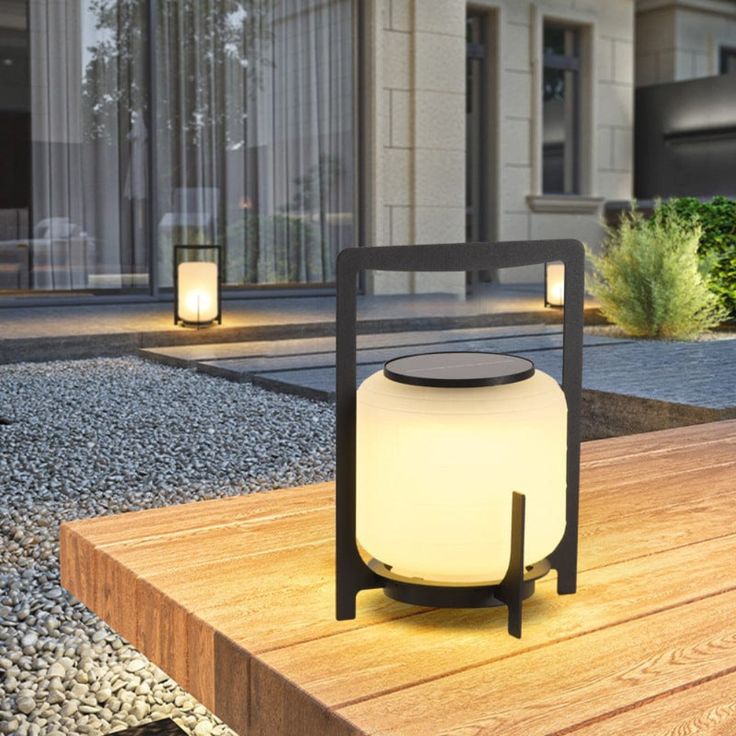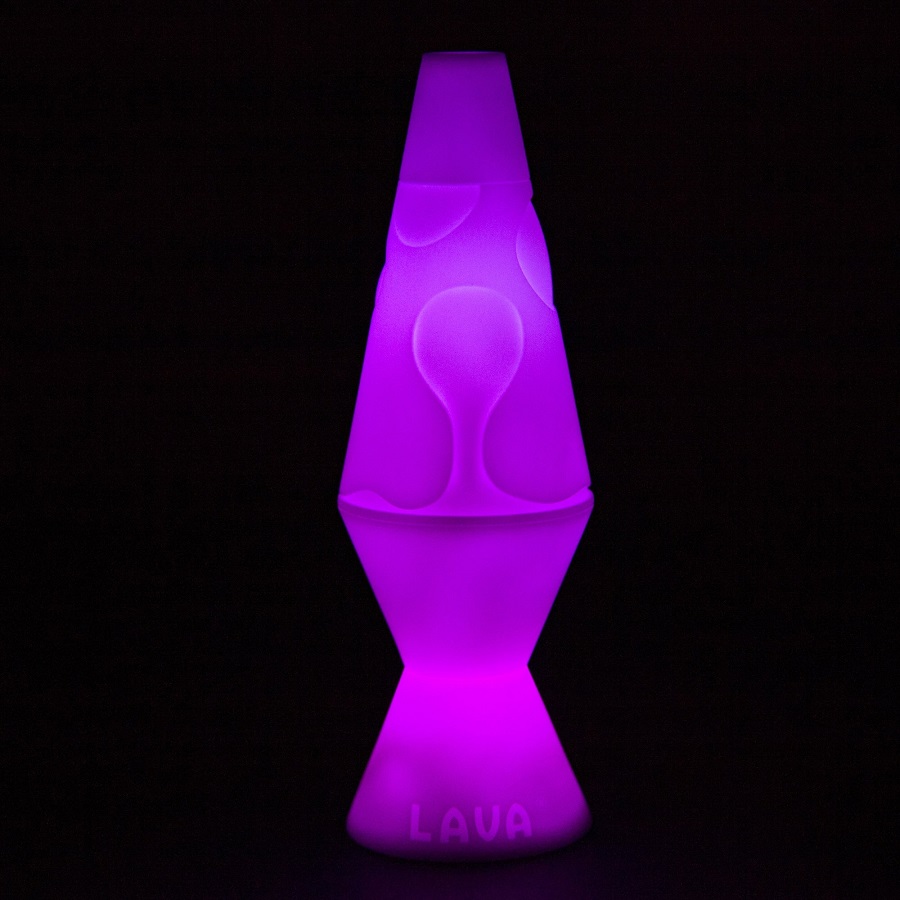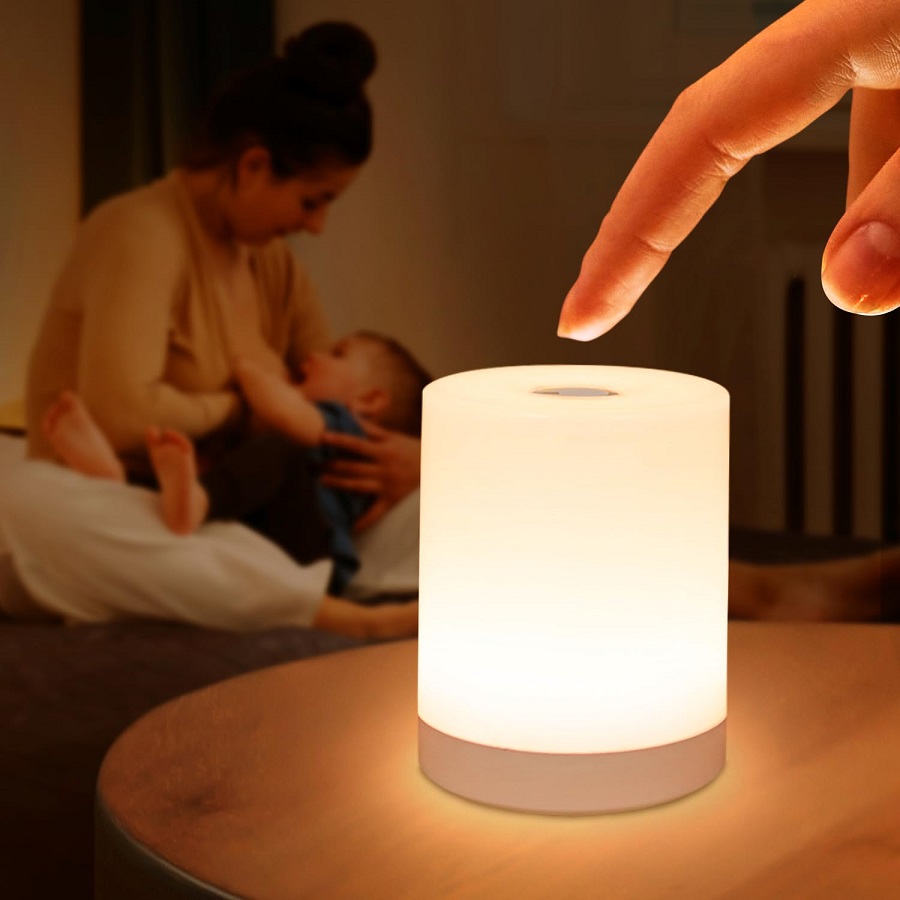 Introduction:
Introduction:
LED lights are popular lighting options known for their energy efficiency and versatility. Understanding the meanings associated with different LED light colors is important for setting the desired ambiance and creating the desired atmosphere in various spaces. In this comprehensive guide, we will explore the meanings and applications of different LED light colors. By familiarizing ourselves with these meanings, individuals can make informed choices when selecting LED lights for their homes or commercial settings.
 White Light Colors
White Light Colors
Warm White:
Warm white LED lights emit a soft, yellowish glow similar to traditional incandescent bulbs.
They provide a cozy and intimate ambiance, making them suitable for living rooms, bedrooms, and restaurants.
Cool White:
Cool white LED lights produce a brighter, bluish-white light.
They are often used in kitchens, offices, and hospitals, as they resemble natural daylight and create a more energizing atmosphere.
Colored Light Effects
Red:
Red LED lights evoke a sense of warmth and passion.
They are commonly used in bars, restaurants, and romantic settings.
Blue:
Blue LED lights create a calm and serene atmosphere.
They are ideal for bedrooms, bathrooms, and relaxation spaces.
Green:
Green LED lights symbolize freshness and nature.
They are commonly used for outdoor lighting and in rooms where a tranquil ambiance is desired.
Yellow:
Yellow LED lights emit a warm and welcoming glow.
They are often used in entryways, hallways, and common areas.
Purple:
Purple LED lights represent luxury and creativity.
They are popular for themed parties, events, and artistic displays.
Pink:
Pink LED lights create a soft and romantic ambiance.
They are commonly used in bedrooms, nurseries, and entertainment spaces.
 Color Temperature
Color Temperature
Understanding Kelvin (K):
The color temperature of LED lights is measured in Kelvin (K).
Lower Kelvin values indicate warm colors, while higher Kelvin values represent cooler colors.
2700-3500K (Warm White):
This range emits a warm, yellowish light similar to incandescent bulbs.
It is ideal for creating a cozy and comforting atmosphere in living spaces.
4000-5000K (Natural White):
This range produces a light that closely resembles natural daylight.
It is often used in kitchen spaces, offices, and commercial areas where task lighting is necessary.
6000K and above (Cool White):
LED lights in this range emit a bright, bluish-white light that resembles daylight.
They are commonly used in retail, commercial, and industrial settings.
Color Psychology and Application
Impact of Color on Mood:
Different colors can evoke different emotions and affect our mood and well-being.
Understanding color psychology is important when selecting LED lights for different environments.
Practical Applications:
The choice of LED light color can influence the desired atmosphere in various spaces.
For example, warm whites may create a cozy ambiance in a bedroom, helps you sleep. while cool whites may enhance focus in an office.
 Comparison between LED lights and chandeliers:
Comparison between LED lights and chandeliers:
LED lights and chandeliers are both popular lighting options but have distinct differences in terms of design, functionality, and energy efficiency. Here’s a comparison between LED lights and chandeliers:
Design:
LED lights are available in various designs, ranging from recessed lights, strip lights, pendant lights, to track lighting. They tend to have a sleek and modern aesthetic. Chandeliers, on the other hand, are decorative hanging fixtures with multiple branches or arms, often adorned with crystal or glass elements, and are commonly associated with a more traditional or ornate style.
Lighting Functionality:
LED lights offer versatile lighting options. They can provide ambient, task, or accent lighting depending on the type and placement of the LED light fixtures. LED lights are known for their ability to produce even and focused illumination. Chandeliers, on the other hand, typically provide overhead ambient or decorative lighting, creating a warm and inviting atmosphere.
Energy Efficiency:
LED lights are highly energy-efficient and consume less electricity compared to traditional lighting options, such as incandescent or fluorescent lights. They produce less heat, have a longer lifespan, and require less frequent bulb replacement. Chandeliers usually have multiple bulbs, which can increase energy consumption and may require more frequent replacement.
Versatility:
LED lights offer more flexibility in terms of placement and adaptability to various spaces. They can be used to highlight specific areas, provide task lighting, or create different lighting effects with color-changing options. Chandeliers are often used as a central lighting fixture, typically suited for larger rooms or spaces where a focal point is desired.
Maintenance and Cleaning:
LED lights require minimal maintenance and cleaning due to their long lifespan and low heat production. Chandeliers, especially those with intricate designs or crystal elements, may need periodic cleaning to maintain their appearance and ensure proper light dispersion.
Cost:
LED lights have a higher upfront cost compared to traditional lighting options. However, their energy efficiency and long lifespan can lead to cost savings in the long run due to lower energy consumption and reduced bulb replacement frequency. Chandeliers, especially those with elaborate designs and high-quality materials, can be more expensive to purchase and maintain.
Ultimately, the choice between LED lights and chandeliers depends on personal preference, the desired lighting function, the style of the space, and budget considerations. LED lights offer versatility, energy efficiency, and modern designs, while chandeliers create a more decorative and traditional ambiance.
Some daily maintenance and care tips for LED lights:
Maintaining and caring for LED lights is essential for their longevity and optimal performance. Here are some daily maintenance and care tips for LED lights:
Cleaning:
Regularly clean the LED light fixtures to remove dust, dirt, or debris that could reduce their brightness and efficiency. Use a soft, lint-free cloth or a microfiber cleaning cloth to wipe the surface gently. Avoid using harsh chemicals or abrasive cleaning materials that could damage the LED or its housing.
Avoid Touching the LED:
When handling LED lights, avoid touching the LED chips directly. The oils and dirt from your hands can affect the performance and lifespan of the LED. If necessary, use gloves or handle the LED by its base or housing.
Check for Loose Connections:
Periodically inspect the connections and wiring of your LED lights to ensure they are secure and tightly connected. Loose connections can cause flickering or erratic behavior in the LED lights. If you notice any loose connections or wires, tighten them appropriately or seek professional assistance.
Prevent Overheating:
LED lights generate heat, but excessive heat can reduce their lifespan. Ensure that there is proper ventilation around the LED fixtures to dissipate heat effectively. Avoid placing the LED lights near heat sources or in enclosed spaces that restrict airflow.
Follow Proper Usage Guidelines:
Adhere to the manufacturer’s guidelines regarding the recommended wattage, voltage, and usage requirements for your LED lights. Overloading the LED with excessive voltage or using incompatible dimmer switches can damage the LED and affect its performance.
Dimmer Compatibility:
If you have dimmable LED lights, ensure that you use compatible dimmer switches specifically designed for LED lighting. Using incorrect dimmer switches can lead to flickering, buzzing, or even damage to the LED lights.
Regular Inspections:
Regularly inspect your LED lights for any signs of damage, loose components, or discoloration. If you notice any issues such as flickering, reduced brightness, or abnormal behavior, troubleshoot the problem or seek professional assistance.
Power Off When Not in Use:
When LED lights are not in use, consider switching them off to conserve energy and reduce wear and tear on the LED components. This also helps extend the lifespan of the LED lights.
Following these maintenance and care tips will help ensure the longevity, efficiency, and optimal performance of your LED lights. Additionally, refer to the manufacturer’s instructions for any specific maintenance and care guidelines specific to your LED lighting fixtures.
 Conclusion:
Conclusion:
The choice of LED light color significantly impacts the ambiance and atmosphere of a space. By understanding the meanings associated with different LED light colors, individuals can make informed decisions when selecting lights for their homes or commercial settings. Whether it’s warm white for a cozy living room or blue for a calm and serene bedroom, LED lights offer versatility in creating the desired mood and environment. Embrace the knowledge shared in this comprehensive guide to effectively utilize LED light colors and enhance the ambiance and experience in any space.



